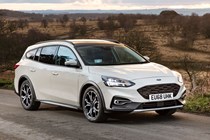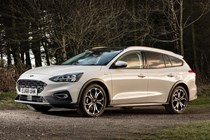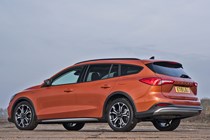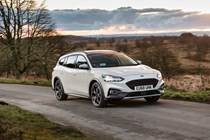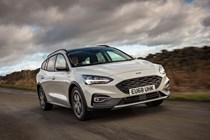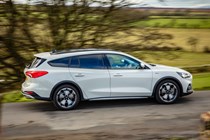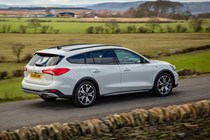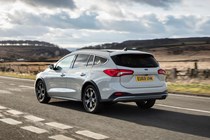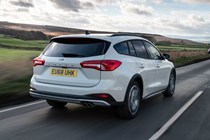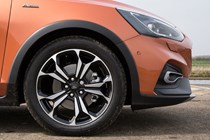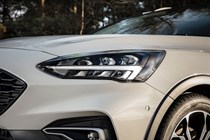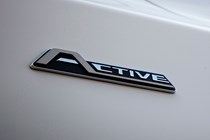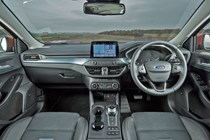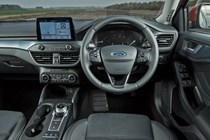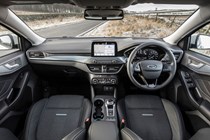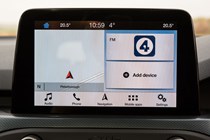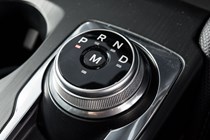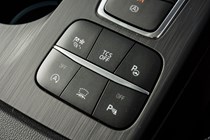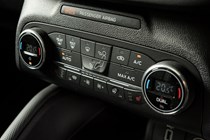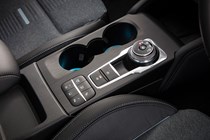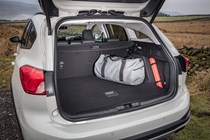Ford Focus Active Estate (2018-2025) running costs and reliability
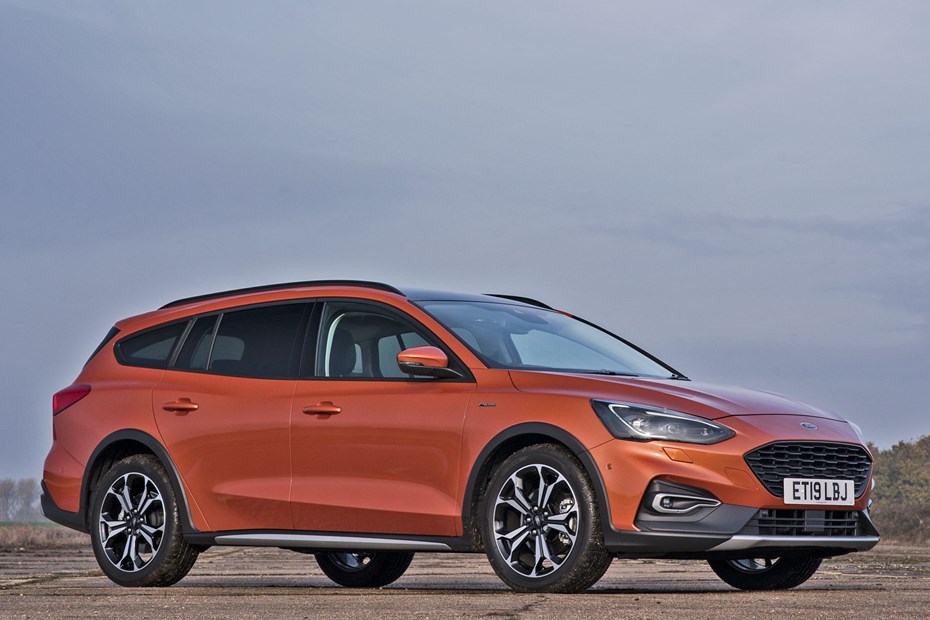
Miles per pound (mpp) ⓘ
| Petrol engines | 6.3 - 8.3 mpp |
|---|---|
| Diesel engines | 5.6 - 8.6 mpp |
Fuel economy ⓘ
| Petrol engines | 42.8 - 56.5 mpg |
|---|---|
| Diesel engines | 44.1 - 67.3 mpg |
- Diesels the best for fuel economy
- Petrols are lower, and need working harder
- CO2 emissions are competitive
If you’re focused on fuel costs only, the most economical Focus Active Estates are the manual diesels – but they cost more up front, so if you do a low mileage the petrol models might be cheaper overall and are ultimately kinder to the environment.
The 1.5-litre EcoBlue is the most efficient in manual form, returning between 57.6 and 62.8mpg. The auto claims 51.4-54.3mpg. these figures vary based on the spec and size of the wheels fitted. The 2.0-litre EcoBlue diesel offers similar figures of 54.3-57.6mpg for a manual, and 46.3-51.4mpg for an eight-speed automatic.
Ford’s clever 1.0-litre 125hp EcoBoost is considerably better in the real world than you might expect for such a small engine and with claimed economy of 46.3-49.6mpg for a manual, or 39.8-42.8mpg for the auto, it’s a credible alternative to the diesels. If you regularly need power to overtake, or spend a lot of time on motorways, the 1.5 EcoBoost’s extra performance still returns 40.4-46.3mpg with higher figures claimed by the manual.
CO2 emissions are much more variable, ranging between 110g/km and 136g/km for the petrols, and 96g/km and 117g/km for the diesels. It’s worth noting that while the fuel economy figures are under WLTP conditions, the CO2 emissions are not, and are likely to be higher than this when tested under WLTP.
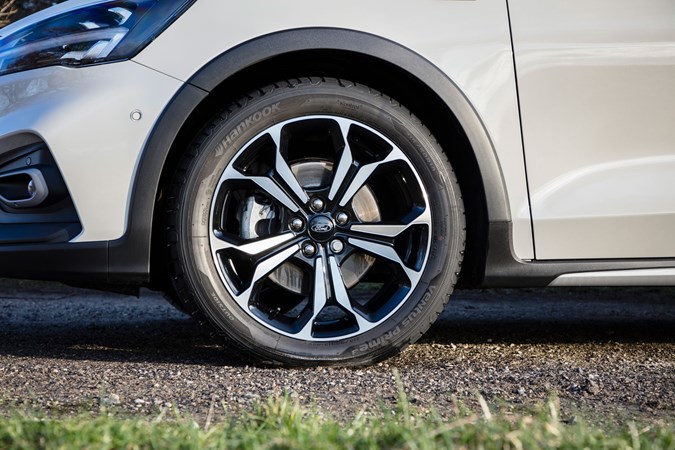
Is it reliable?
- Follows in the footsteps of one of Ford’s best cars
- Extra technology could cause issues, but it’s all proven
- Warranty is relatively short next to rivals
Ford’s reputation for reliability is as much about repairability and affordable parts as it is longevity, but the previous generation Focus set the bar high. Rust seems to be a thing of the past, and few issues have surfaced around the new engines and tech – though the previous Focus experienced a couple of service bulletins and a recall. All of the engines offered in the Focus Active are well established across various models, too – there’s nothing brand-new here to cause concern.
Ford still lags a bit behind Japanese and Korean rivals though, with a three-year, 60,000-mile warranty from new.
Ford’s Sync3 infotainment system is mature, and relatively easy to keep up to date with affordable maps and over-the-air updates. Some users report issues with phone disconnection, but any persistent bugs are likely to be ironed out in time, without a visit to the dealer.
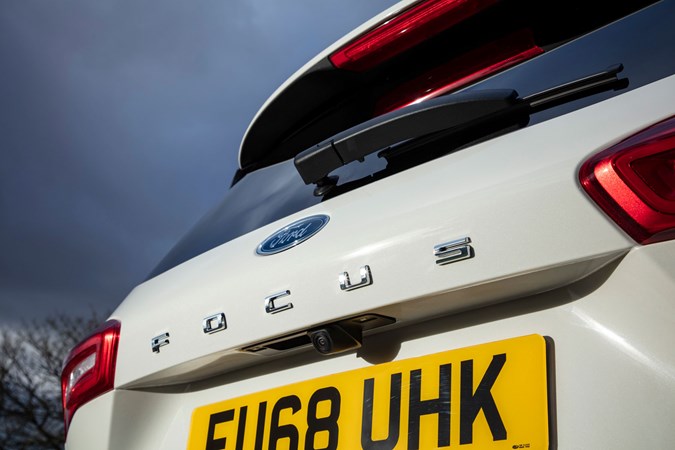
Ongoing running costs
| Road tax | £195 |
|---|---|
| Insurance group | 10 - 21 |
Get an insurance quote with

|
|




